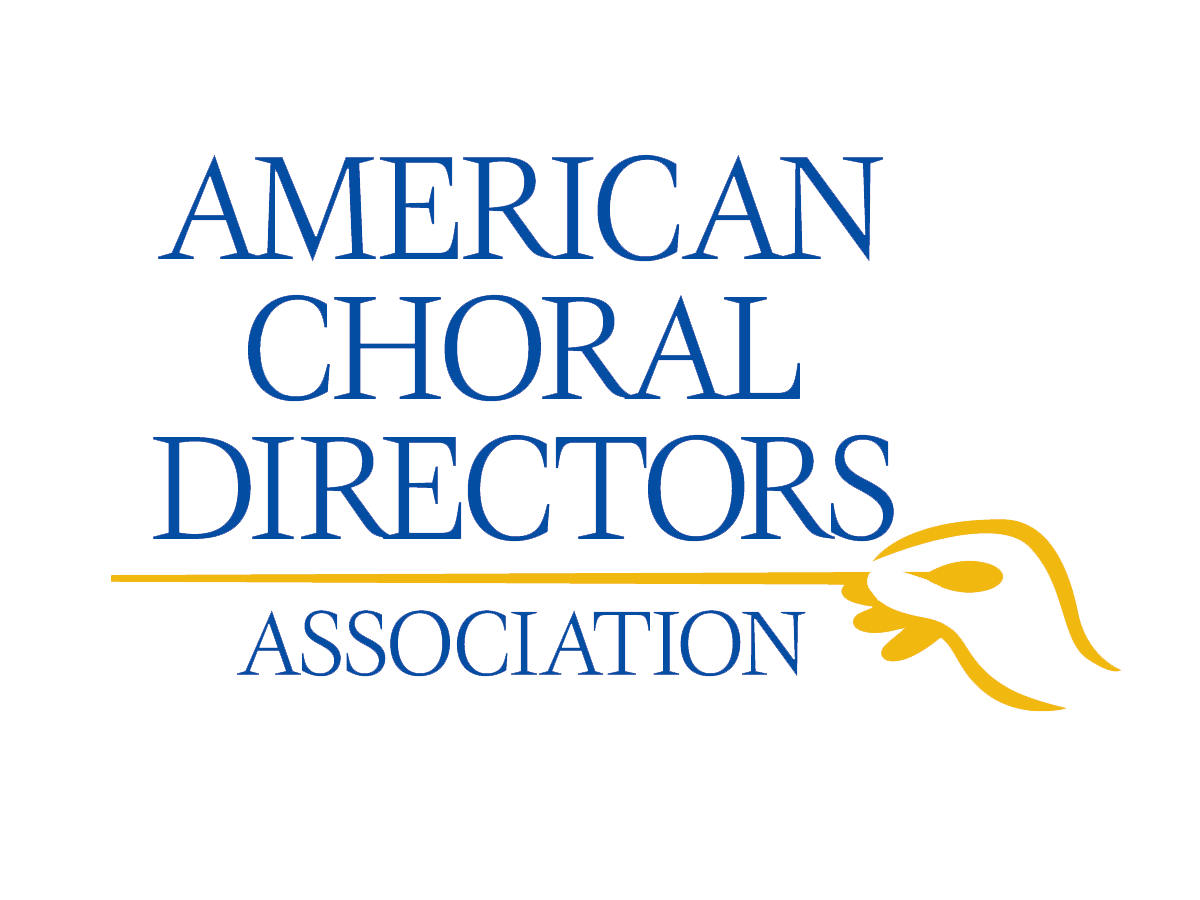In choral literature, the conducting gesture is touted to have nuanced and profound effects on choral sound. Conducting texts suggested a variety of heights at which the conducting gesture should take place, but the most commonly recommended “standard” conducting gesture height was located between the navel and the shoulders. In this investigation, we explored conducting gesture height by testing this “standard,” or mid-level, conducting gesture height against high and low gestures. To delve more deeply into other possible implications of conducting gesture height, we also tested each of the three heights at two contrasting tempi. We analyzed the effects of the three gesture heights on acoustic (long-term average spectra) and perceptual (pitch analysis, listener perceptions, singer perceptions) measures of three university choirs’ choral sound. We found that gesture height did not markedly affect the choirs’ spectral sound energy or overall pitch deviation, and these changes in sound were not readily discernible by listeners (p = .336). However, singer participant perceptions revealed valuable findings for choral teacher practitioners. Singers strongly preferred the mid-level gesture for reasons of clarity and comfort: they could easily follow the conductor and sang with the most ease. They also reported difficulties following the low gesture due to increased proximity between the conductor’s hands and face, and some singers perceived a negative effect on vocal technique from the high gesture. Although they most preferred the mid-level gesture (p < .001), singers recognized that high and low gestures may be useful in achieving particular musical outcomes. Tempo did not have a profound effect on any of the three gesture heights.
You are here: Home / IJRCS / Effects of Three Conducting Gesture Heights on Acoustic and Perceptual Measures of Choral Sound


